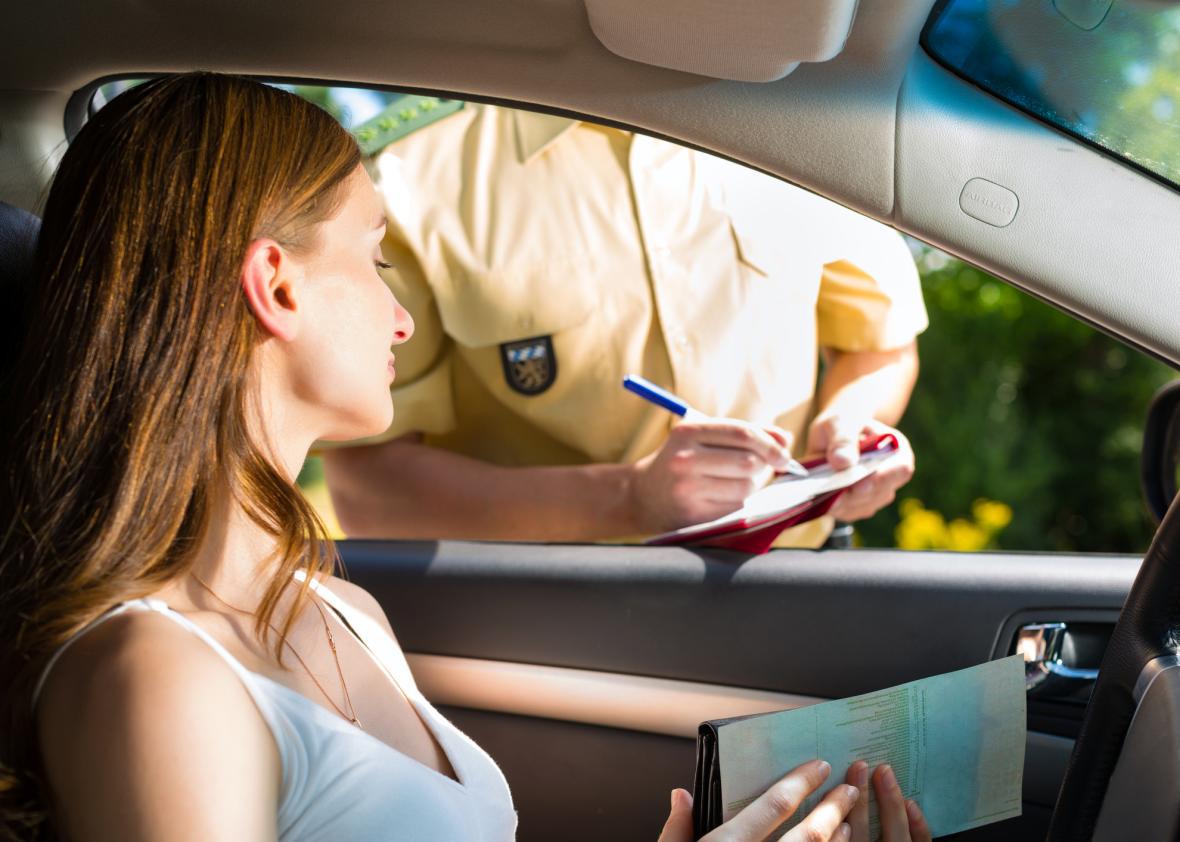In recent years, traffic has gotten bad in the tony Silicon Valley town of Los Altos Hills, California.
The big-picture problem is that the San Francisco Peninsula has become a global business hub but hasn’t adapted its road and rail network (or its housing supply, for that matter) to accommodate that. So there’s traffic in places like Los Altos Hills, which straddles Interstate 280 west of Mountain View.
As a result, mobile navigation apps, and especially Waze, the Israeli mapping software owned by Google, have maximized the utility of the local road network by sending drivers off the highway and arterial streets and through residential areas like Los Altos Hills. (Users of the app report traffic patterns and obstructions in real time.)
First, Los Altos Hills asked Waze to remove three roads from its map. Waze does not entertain such requests. So Los Alto Hills came up with a Plan B: Close the streets to people who don’t live there. In May, the city erected “No Thru Traffic” signs on three roads where they crossed the city limit. Waze complied, according to a report from the Los Altos Hills manager, which means it will no longer direct users to drive on those streets.
This kind of fix is about to be a very popular solution to a problem that has vexed suburban homeowners across the country. A Takoma Park, Maryland, man started reporting phantom wrecks and traffic jams to keep cars off his street before Waze banned him. He was inspired by like-minded residents in Los Angeles. In the end, he put up his own “No Through Traffic” signs, and even got his councilman to reach out to Google Maps, Waze’s minder.
Cities with old-fashioned grid patterns, the transportation engineer David Levinson has observed, tend to distribute traffic more evenly. It’s in suburbs with heavily used arterials and hard-to-find back roads that the apps have made their greatest impact. Some have tried traffic-calming infrastructure, like speed humps, traffic circles, and the like, which reduce the time savings of unorthodox shortcuts. Fremont, California, across the bay from Los Altos Hills, has new rules on rush-hour turns onto heavily trafficked shortcuts. But it’s hard to beat the algorithm.
Now—at least by the letter of the law—those streets will be closed off to people who don’t have a reason to be there. According to Los Altos Town Crier, the city is in a trial period with the signs and isn’t yet pursuing violators.
This doesn’t work everywhere. In Alabama, disappointed residents trying to shut down a shortcut learned that “No through traffic” was just a recommendation and everyone had a right to travel on public roads. In Atlanta, there was a backlash to the city’s decision to put up the signs after the collapse of Interstate 85 earlier this year, with one mayoral candidate saying it was a mistake to “wall off neighborhoods.”
In Takoma Park, public works director Daryl Braithwaite told me the city doesn’t put up “No through traffic” signs because they are impossible to enforce. Unlike turn restrictions, where violators can be easily observed, seeing who has business in a neighborhood would require extraordinary scrutiny by the police. “You’d have to stop every car,” she said.
But, she added, if those signs would indeed get Takoma Park roads off of Waze routes, residents might be interested in installing them anyway.
